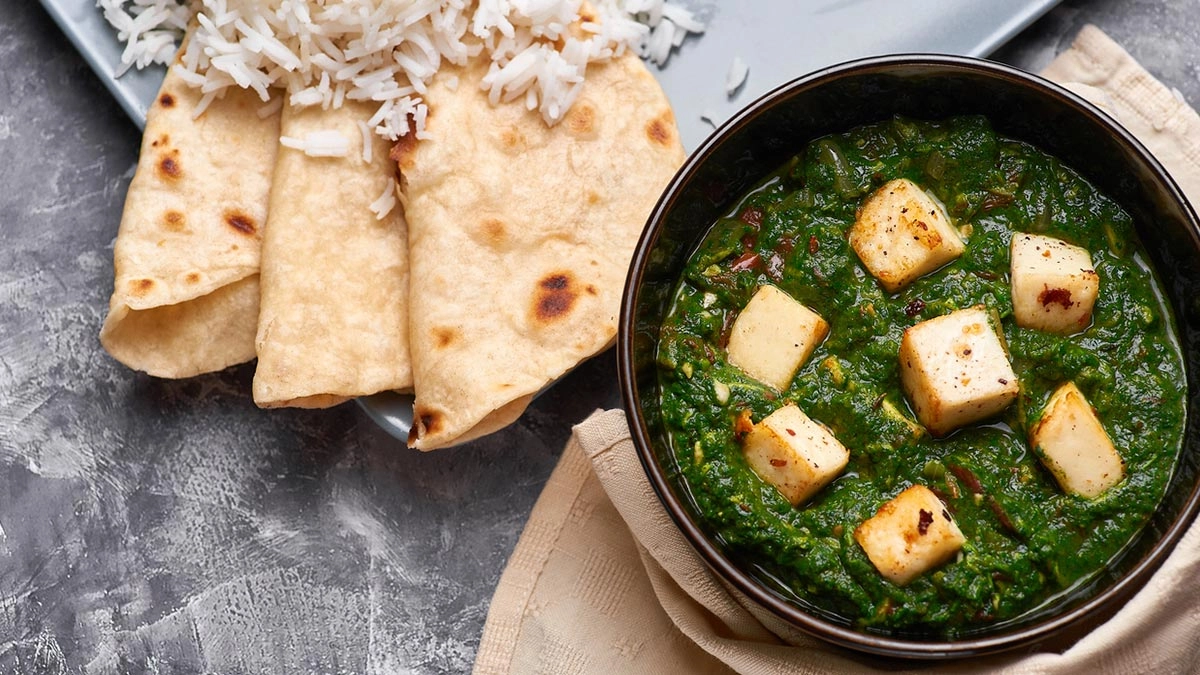Roasting and toasting are two cooking techniques that, while similar in some aspects, serve different purposes and yield distinct results in the kitchen. At their core, both methods involve the application of dry heat, but they differ in the foods they typically prepare and the techniques applied. Roasting is commonly associated with larger cuts of meat, vegetables, and even fruits. This method involves cooking food at higher temperatures, often in an oven, to achieve a browned and caramelized exterior while ensuring the inside remains tender and flavorful. The process of roasting can enhance the natural sugars in the food, creating complex flavors and appealing textures.
On the other hand, toasting is a technique primarily used to enhance the flavors of smaller food items, such as nuts, seeds, bread, or spices. Toasting typically occurs at lower temperatures and for a shorter duration compared to roasting. The goal is to bring out the nutty flavors and aromas of the ingredients, making them more pronounced without necessarily cooking them through. For instance, lightly toasting spices before adding them to a dish can elevate the overall taste profile, while toasted bread can provide a satisfying crunch that complements various toppings.
Furthermore, the cooking environment also plays a significant role in differentiating roasting from toasting. Roasting generally requires an oven or a similar enclosed space where hot air can circulate evenly around the food. This allows for consistent cooking and browning. Conversely, toasting can be accomplished in various ways, including stovetop methods with a skillet or even in a toaster. This versatility makes toasting an accessible technique for quick flavor enhancement in everyday cooking.
In summary, while both roasting and toasting involve dry heat, they cater to different culinary needs and outcomes. Roasting is ideal for larger cuts and whole vegetables, focusing on deep flavor development through longer cooking times and higher temperatures. Toasting, however, shines with smaller items, emphasizing flavor enhancement in a brief cooking session at lower heat. Understanding these differences can enhance one’s cooking skills, allowing for more precise techniques and better flavor profiles in a variety of dishes. Whether one opts to roast a succulent chicken or toast a handful of nuts, both methods contribute significantly to the richness of culinary experiences.




